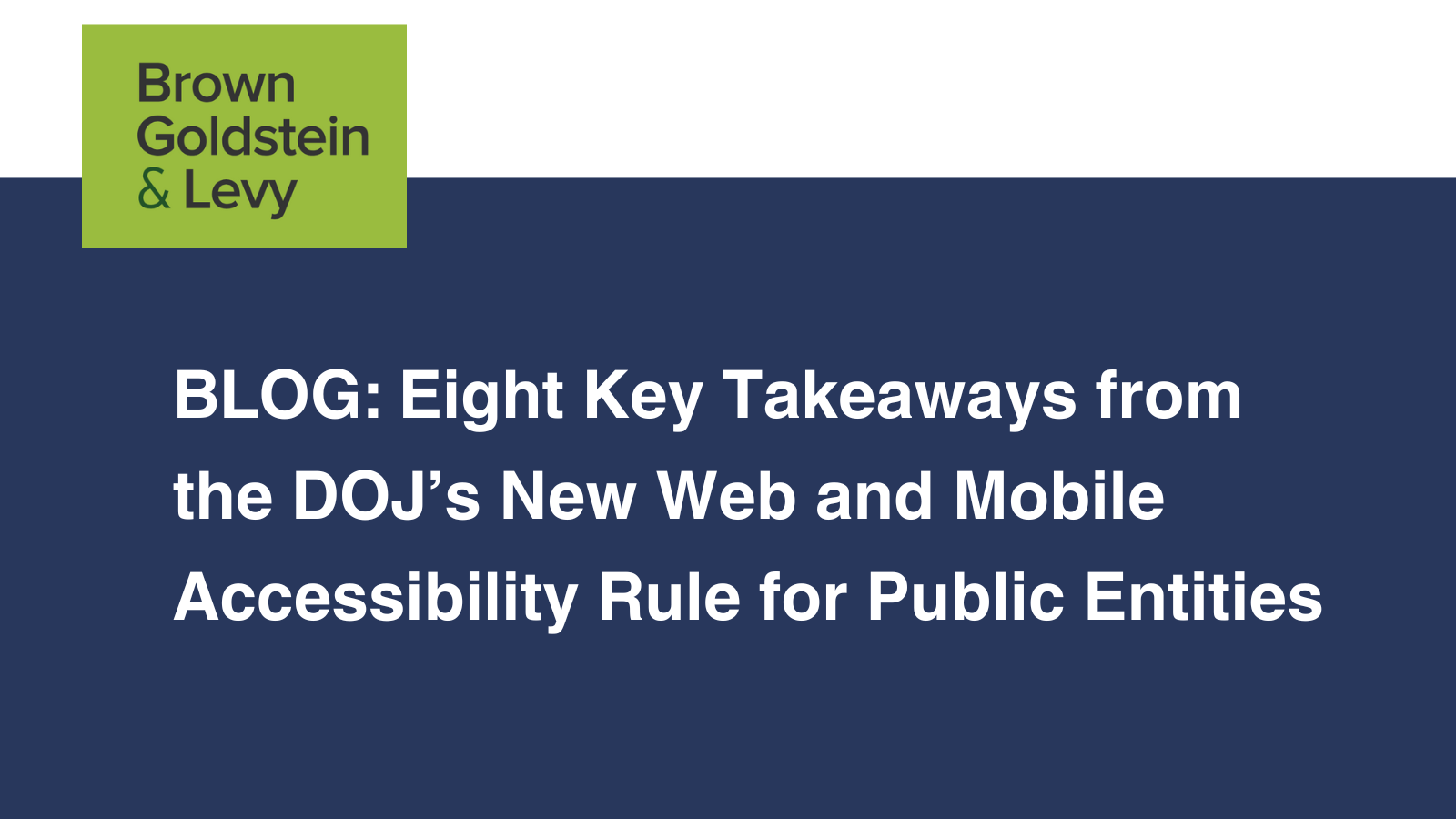Post your OSHA 300A by February 1, 2024 – Technologist
It’s nearly time to finish completing the OSHA Form 300 (Log of Work-Related Injuries and Illnesses) and post the OSHA Form 300A (Summary of Work-Related Injuries and Illnesses) for the 2023 calendar year. Federal OSHA generally requires employers with more than 10 employees to keep a record of work-related injuries and illnesses, except for establishments in exempt industries. Each year from February 1 to April 30, covered employers must post their 300A Summary in the workplace for the previous year’s injuries and illnesses. Keep in mind:
- Record retention: You must keep the OSHA 300 log up to date and retain it at your establishment for five years after the reference year of the records. Updating the log requires noting newly discovered recordable injuries and illnesses and showing any changes that have occurred in the classification of previously recorded injuries and illnesses. You’re not required to make corresponding updates to the Summary 300A or the 301 forms, unless you choose to do so.
- Posting the summary: You must post a paper copy of the 300A Summary in a conspicuous area where employees can view it such as the breakroom or safety bulletin board. Electronic posting isn’t sufficient. Unfortunately, federal OSHA (which governs workplace safety in Idaho and Montana) hasn’t suggested any alternatives for employees who work remotely. The Arizona Division of Occupational Safety and Health (ADOSH), Oregon OSHA, and Washington Division of Occupational Safety and Health (DOSH) are similarly silent. California, however, has an answer. For California employees who don’t normally report at least weekly to a location where the 300A Summary is posted, you must “present or mail” it to them (8 CCR 14300.32). A Cal/OSHA representative has previously confirmed by phone with a Vigilant safety professional that email distribution is acceptable. Outside California, you should go ahead and post the paper summary at the physical workplace, but you may want to consider supplementing it with email distribution to remote employees or a conspicuous placement on an internal website where other company announcements are posted.
- Definition of hours worked: “Total hours worked by all employees” on the 300A Summary means actual hours worked by all employees, including salaried, hourly, part-time, and seasonal workers, as well as hours worked by others subject to your day-to-day supervision (such as workers from a temporary agency who are working at your establishment).
- Definition of “away from work”: “Away from work” days mean calendar days of inability to work due to injury or illness, regardless of whether the employee was scheduled to work on those days.
- Signature on summary: The person signing the 300A Summary must be a company executive who is: (1) an owner of a sole proprietorship or partnership; (2) an officer of the corporation; (3) the highest ranking official working at the establishment; or (4) the immediate supervisor of the highest ranking official at the establishment.
- Electronic reporting: In addition to the workplace posting requirements, some employers must electronically submit their 300A Summaries to OSHA, using the agency’s Injury Tracking Application (ITA) website to do so. Electronic submission is required for all establishments (physical locations) with 250 or more employees in industries subject to OSHA recordkeeping requirements, as well as establishments in designated high-risk industries with at least 20 employees. The numbers are calculated based on peak employment at the establishment during the calendar year for which you are submitting a report. Also, new this year, as we previously reported, employers with 100 or more employees in an industry on the Appendix B to Subpart E of Part 1904—Designated Industries list, must also report their OSHA 300 log and OSHA 301 form information. This year’s deadline to submit the electronic Summary 300A, and if necessary, the OSHA 300 log and 301 forms, is March 2, 2023.
Tips: In Arizona, Idaho, Montana, and Washington, you should use the federal OSHA 300A Summary. California and Oregon have their own versions. Remember the OSHA 300 log and 301 forms are confidential and should not be posted in the workplace. These documents should be filed in a secure location. Questions? Contact your Vigilant safety professional.



